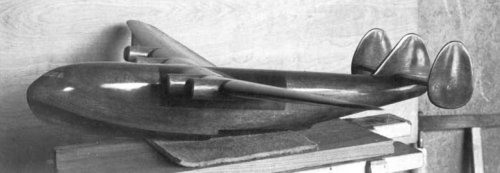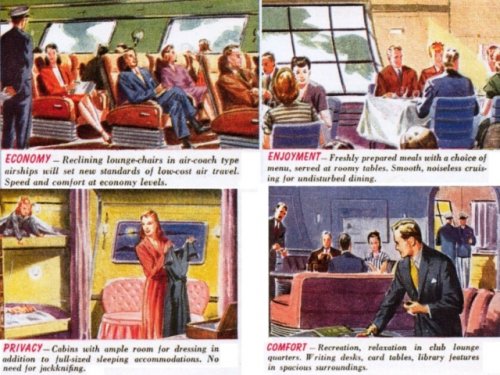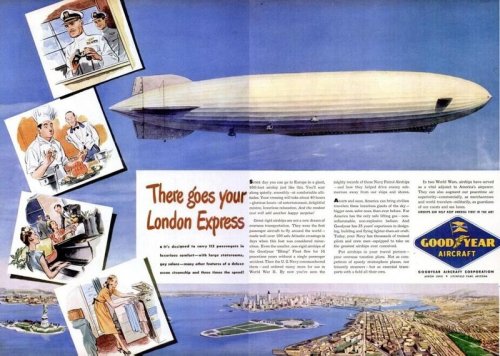I would think -no war, would slow aircraft development somewhat. Most countries - France, Britain and U.S. seemed very reluctent financially to conduct a high tempo of R&D, let alone production and operational service of modern combat aircraft, if it had not been for the gearing up of Nazi Germany (so I guess it depends if the 'Allies' are persuaded by German propaganda? Does the Spanish Civil War still produce and emphasis the new war fighting and technologies - i.e blitzkrieg, combined arms, bombing of cities ........?, which emphasised the likes/technology of dive bombing, faster and more powerful armed interceptors??
If WWII never happend, it makes me wonder:
- would Germany have continued and mastered it's aircraft carrier building plan under it's 'Z-Plan'
- Would the Russian's continue with the emphasis of heavy long-range bomber development, which was curtailed for tactical aviation with the advent of WWII?
- It was widely recognised that the American inception of fighter/persuit plane design and manufacturing was down the wrong path, until the advent of 'combat experiance' gained from France and Britain. So does this mean that the likes of the heavy, under-powered P-40, P-39 and the likes of the Bell YFM-1 Airacuda be the mainstay of the USAAC?
- If Britain never went to war, then the likes of the North American P-51 Mustang would not have been designed - which in itself revolutionised U.S. fighter development.
- Would the likes of the long-range Boeing B-29 been developed, let alone fielded, say nothing of the later Consolidated B-36! In fact it begs the question would the USAAC be allowed to purchase any substanicial number of B-17's (let alone the longer range B-24, which itself, was spured on by the need/purchase of British war needs!)
Just some thoughts!
Regards
Pioneer





